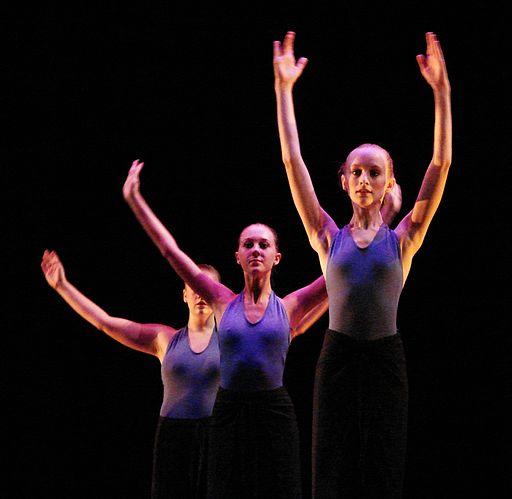There is a fascinating article in Psychophysiology entitled "I can feel my heartbeat: Dancers have increased interoceptive accuracy."
Let’s begin with a definition of interoceptive: it is the sense we have of ourselves based upon our bodily perceptions. Our metaphorical speech provide good examples, “He makes my skin crawl,” or “my gut response.” The authors are trying to advance an argument about our conscious perceptions. It is an ancient discussion, and the ascendant position has been, “I think therefore I am” – that our perceptions of reality come from our brain.
There is another school of thought, a belief in the embodied consciousness, that suggests that our thoughts are limited by our bodily perceptions. What struck me the most is how difficult it is to try and quantify a philosophic difference.
The authors studied 20 dancers and 20 non-dancers using a test of how accurately the individual perceived their heart rate as a measure of their interoceptive ability (IAcc). Here is a portion of their findings:
- Professional dancers had a higher IAcc compared to the nondancers
- This higher IAcc was unrelated to their fitness or counting ability [1]
- Senior dancers had a higher IAcc than younger dancer or controls suggesting that training may play a role
- Higher IAcc did not correlate with empathy, emotional sensitivity or alexithymia. Alexithymia (another new word for me and perhaps you) refers to an inability to identify and describe emotions in the self. (i.e., being at the mild end of the Asperger spectrum)
One of the difficulties with the paper is that it is filled with needless jargon. For example, “The empirical characterization of the neurocognitive mechanisms of consciousness and self-awareness are increasingly the focus of empirical endeavor.” Translated that becomes "we are trying to measure the relationship of perceptions of our body to our consciousness." Watching “connect the dots” and explain why is like these IAcc values are greater in dancers is watching a slow-motion collision. Here are their speculations
- Dancers are more fit, as documented by their lower heart rates
- Dancers have a greater “familiarity with the 60-s counts of a minute.”
- Dancers have a greater knowledge of their resting heart rate
- “Enhancement of IAcc through arts training might thus increase desirable interpersonal attributes of emotional function.”
- It is equally plausible that individuals with better IAcc may respond better to dance training… dance training may, in fact, do more to ‘weed out’ individuals with lower interoception than to train interoception per se.”
I did so much want them to make plausible connections. I am biased, I believe as a craftsman surgeon, that much of our skill comes from experiencing our body. Touch, body positioning, the integration of sight and sound all of these interoceptive ‘subskills’ make for the difference between journeyman and master. The authors do capture a truth, at least for me, when they say that
“An artist’s professional training involves daily practice in the craftsmanship of their discipline, which involves a dual action: it includes the elicitation of bodily states … and the immediate expression of these states (e.g., emotions, intentions), directly through the body … “
They reveal their bias towards an embodied consciousness when they say “we understand the emotions, intentions, and states of both ourselves and of others through our bodies.” The problem with the paper is that these measures of interoception cannot be applied using reductive scientific methods. It is an interesting attempt, but draping their efforts with ‘science’ serves more to confuse than to elucidate.
[1] You have to like a scientific paper that includes the line, “dancers are said to have particularly good counting skills.”
Source: I can feel my heartbeat: Dancers have increased interoceptive accuracy Julia F. Christensen, Sebastian B. Gaigg, Beatriz Calvo-Merino Psychophysiology First published: 21 September 2017 DOI: 10.1111/psyp.13008




